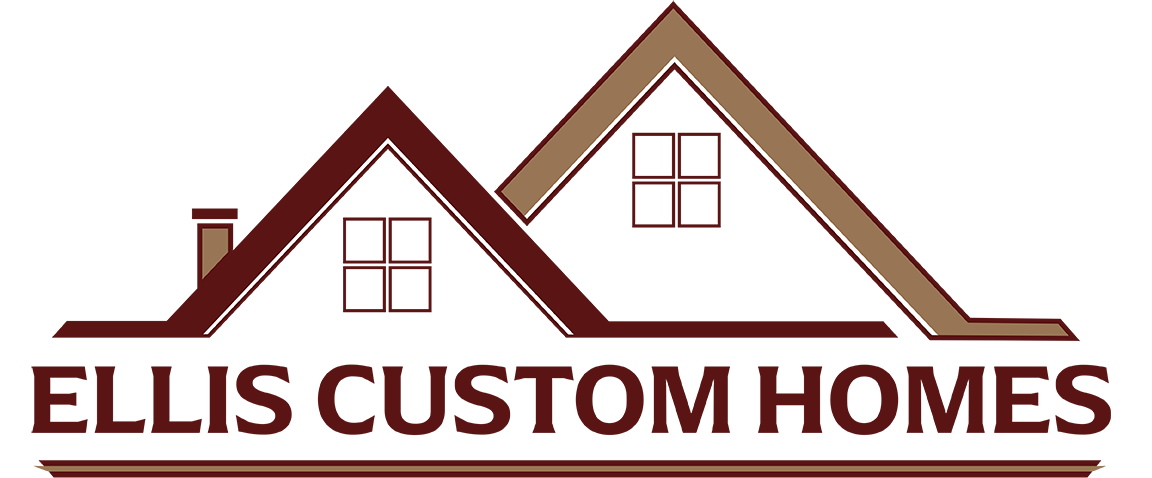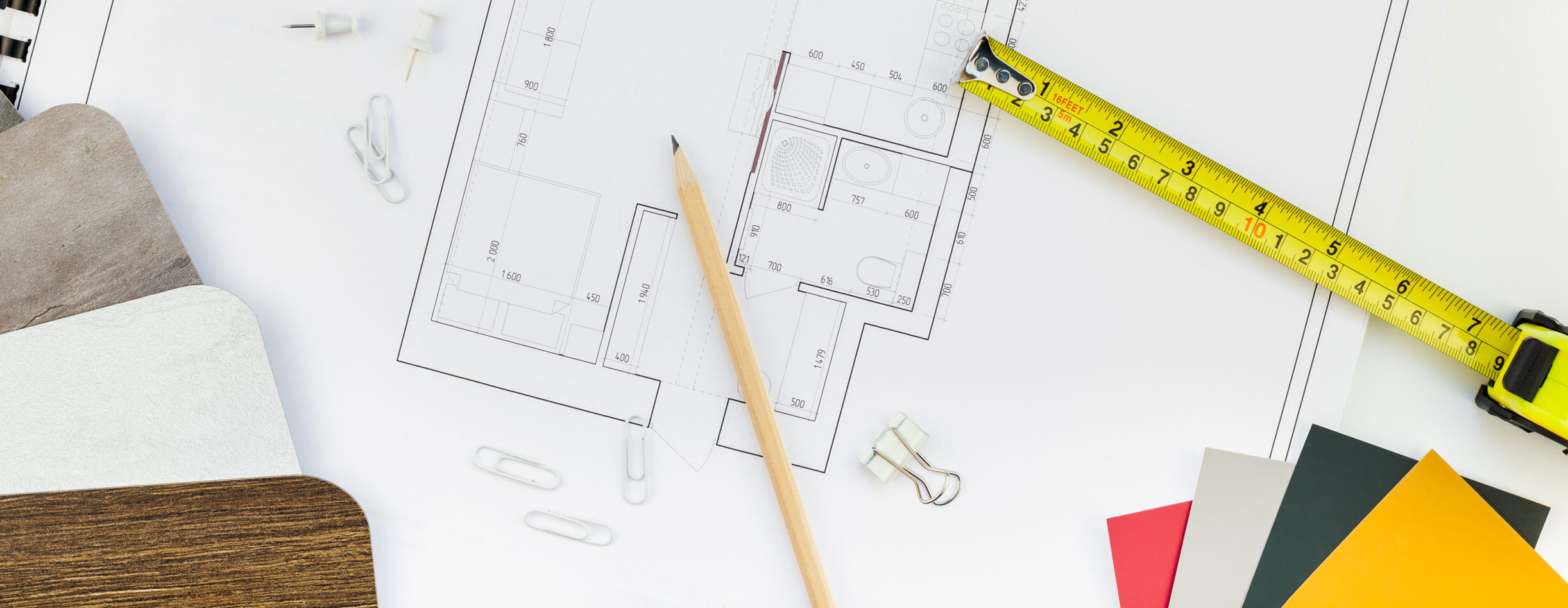In plain English, how does construction financing really work?
When clients come into our offices they have all kinds of ideas on how construction financing works. Construction loans, permanent loans and single-closing construction-perm loans are all possible options. And while they all work the same during home construction, they vary greatly at the beginning and the end.
First, let’s see how they are the same.
With any type of construction loan, your payments during the building of your home are fairly small. That is because they’re not based on how much you’ve borrowed, but just on how much the bank has paid out up to that point. For example, let’s say you own your land and the cost of building your new home is $200,000. When you close on your loan, you haven’t really borrowed any money, it’s just been made available. Your builder is paid in instalments or “draws”, based on the amount of work that’s been done on your home at each stage. For the first “draw”, usually banks will pay the builder 10% at the loan closing, or 15% when the foundation is finished. Thus for your first payment 30 days later, you’ll be paying the interest on only a small percentage of the total loan – just on the amount that so far the bank has actually paid out to your builder.
For instance, in the above example if your builder is given a draw of $20,000 at closing, then one month into construction you would have a payment of about $83, or 30 days interest on the $20,000. Of course as construction goes on, and the money drawn out increases, likewise your payments also increase. This is why it is so crucial that construction remains on schedule – not just for your family, but for your finances as well.
Now, let’s take a look at how they’re different.
The biggest difference between the types of loans available is in the closing costs, legal fees and other costs associated with the bank process and the recording of your loan. For example, if you have a construction loan and a permanent mortgage, which is typical, you’ll have two sets of closing costs. Individually each set is not usually as high as those of a standard mortgage – so you won’t be paying double -, but the total of both together will be somewhat higher.
A few Virginia banks have started offering single-closing construction-perm loans, which have been standard in other states for a number of years. With this type of loan, you only have one closing, at the beginning of construction. When the home is complete, the loan simply “modifies’ into your permanent mortgage, thus saving you the second set of closing costs. The closing costs will almost always be higher than for a construction loan, but rarely as much as the total of the two closing costs of the two-loan method discussed above.
Depending on your individual circumstances one method or the other may be better for you.
If you’d like more information on how each loan-type works, on the financing process in general, or some unbiased feedback on what specific area banks offer, please give us a call or contact us.
Additional Articles
Framing a Custom Home: What It Is, How It’s Done, and Why It Matters
Framing isn’t just about putting up walls - it’s about building the strength and structure your custom home needs to stand the test of time. Learn what framing really involves, how it’s done, and why it’s one of the most important steps in the construction process:
Read moreYour Dream Home, Done Right: Tips for a Smooth, Stress-Free Build
Building a custom home is more than a project - it’s your chance to create a space where life happens and every detail reflects your vision. With the right builder and by avoiding common mistakes, you can bring your dream home to life without the stress.
Read more
